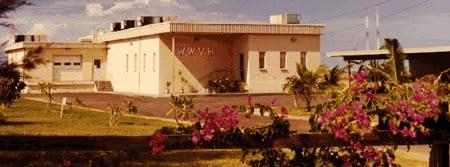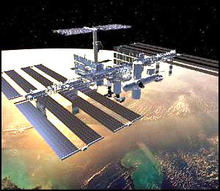A Walk Through Time - NIST Time Services
Since 1923, NIST radio station WWV has provided round-the-clock shortwave broadcasts of time and frequency signals. WWV's audio signal is also offered by telephone: dial (303) 499-7111 (not toll-free). A sister station, WWVH, was established in 1948 in Hawaii, and its signal can be heard by dialing (808) 335-4363 in Hawaii.

In 1956, low-frequency station WWVB, which offers greater accuracy than WWV or WWVH, began broadcasting at 60 kilohertz. The broadcast power for WWVB was increased in 1999 from about 10 kilowatts to 50 kilowatts, providing much improved signal strength and coverage to most of the North American continent. This has stimulated commercial development of a wide range of inexpensive radio-controlled clocks and watches for general consumer use.

Official U.S. Government time, as provided by NIST and USNO, is available on the Internet at http://www.time.gov. NIST also offers an Internet Time Service (ITS) and an Automated Computer Time Service (ACTS) that allow setting of computer and other clocks through the Internet or over standard commercial telephone lines. Free software for using these services on several types of popular computers can be downloaded there. Information about these services can be found on the Time and Frequency Division Web site.
More information about NIST time and frequency standards and research can be obtained by contacting:
Time and Frequency Division
NIST – MC 847.00
325 Broadway
Boulder CO 80305-3328
(303) 497-3276
Notice of Online Archive: This page is no longer being updated and remains online for informational and historical purposes only. The information is accurate as of 2004. For questions about page contents, please pml-webmaster [at] nist.gov (subject: A%20Walk%20Through%20Time) (contact us).

